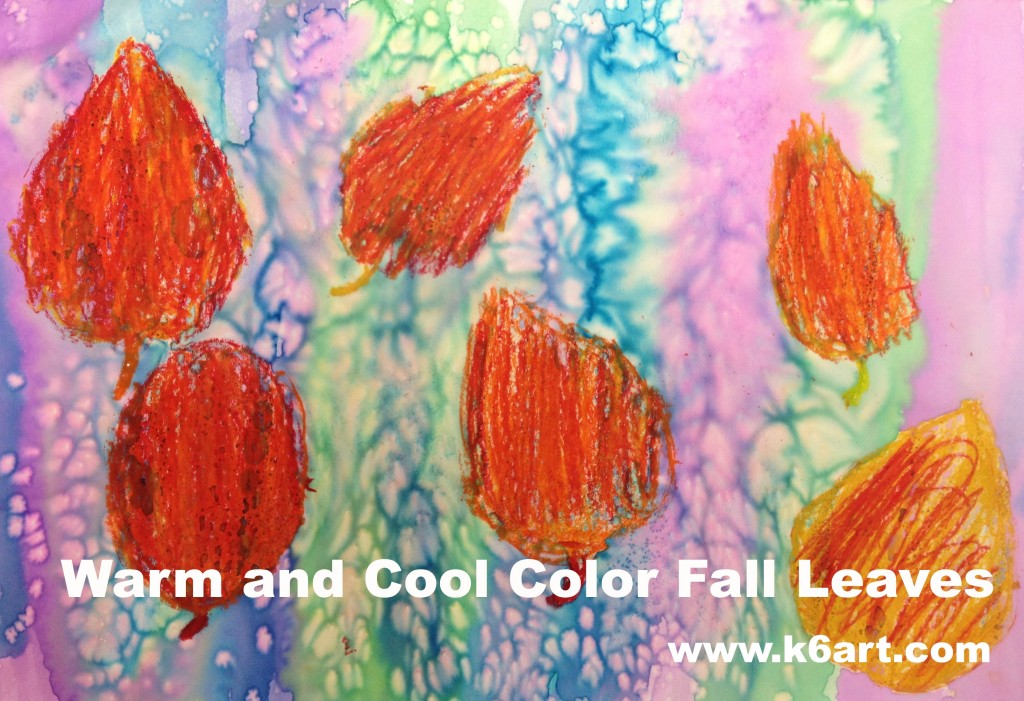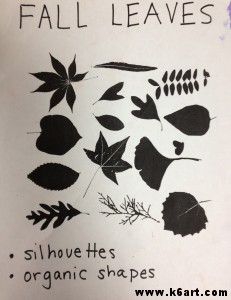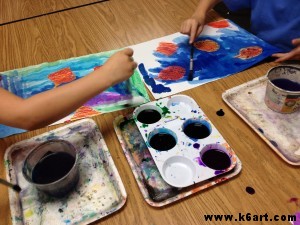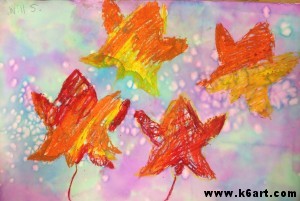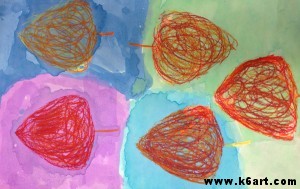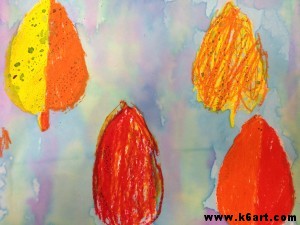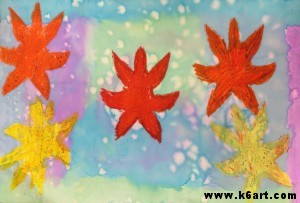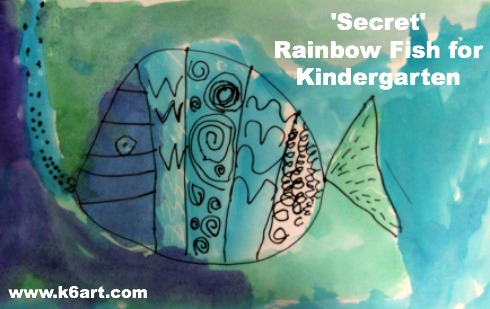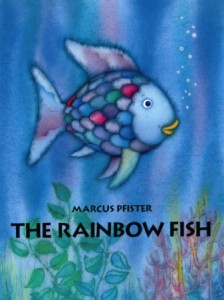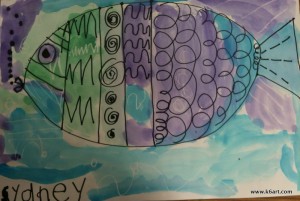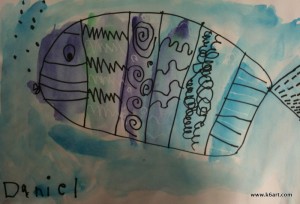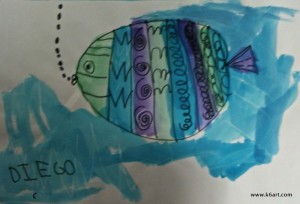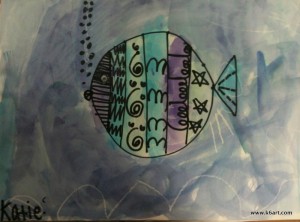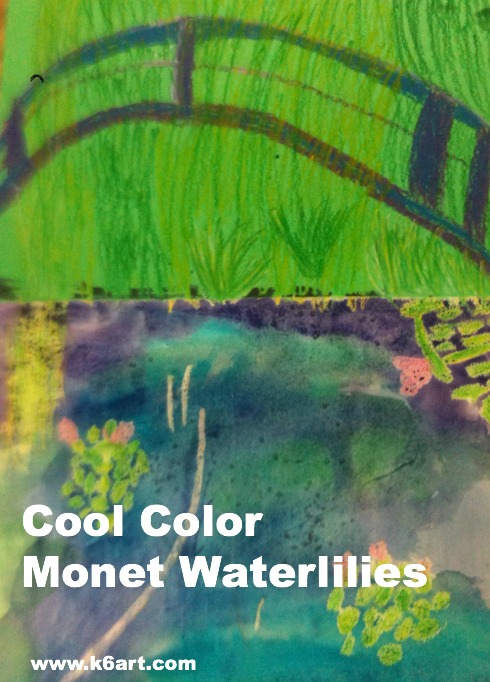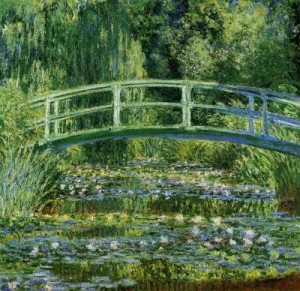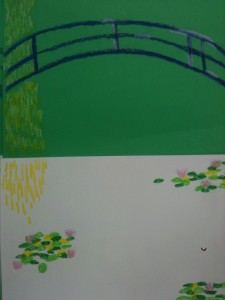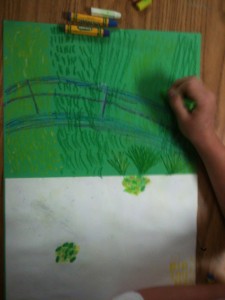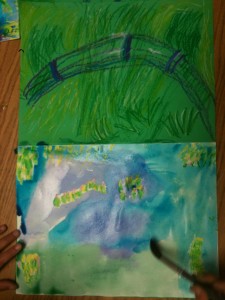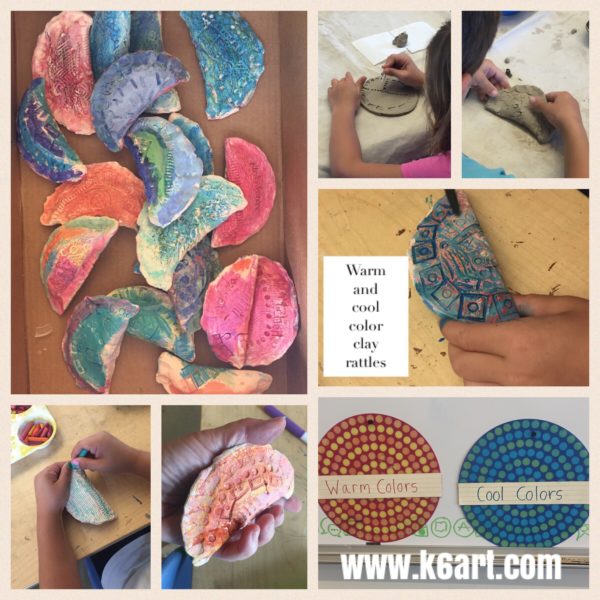
If you are looking for a super-successful clay lesson for Kindergarteners-second grade, you’ve come to the right place. These functional clay rattles only requires a single bisque firing, and are finished with a fast and easy warm and cool color process. Students, parents and teachers loved them. I’ve included an instructional video at the end of this post – all my kindergarten students watched it and created the rattles independently.
Materials:
To create the rattles:
- Clay
- Rolling pin and slats (or slab roller)
- Circle template or bowl to trace
- Pin tool
- Texture tools (we used LEGO)
- Toilet Paper
- Toothbrushes and water bowls
Prep:
Roll the slab and cut the circles. Cover the tables. Each table should have a tray of LEGO, one toothbrush for every two students, and small water dish. They also need a couple of squares of toilet paper and a little scrap clay.
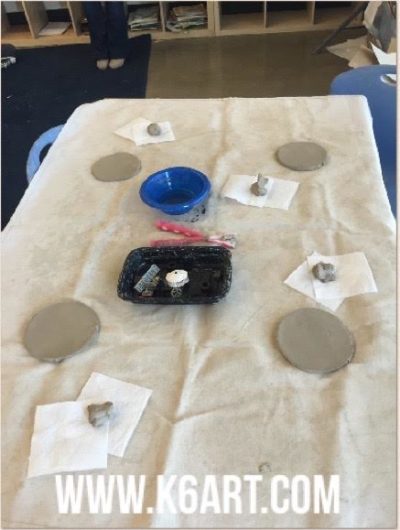
Process is in my instructional video. This was a very effective video: 100% of KINDERGARTENERS did this project correctly and independently the first time. I strongly recommend showing this.
Coloring the rattles:
Materials:
- crayons/construction paper crayons, sorted into warm and cool colors
- individual pans of water color
- brushes and water cups
Process:
Students scribble on the textured ceramic with their crayons. Ideally, one side could be cool color crayons and the other warm. Then they paint over the crayons with (ideally), the opposite color scheme. This was kindergarten….some did it, some didn’t, but they all looked great.
This was a great end of year project: all my water colors had just about run out. Yet we had enough for this project. I sure look tired in this video, though. Typical for end of year…
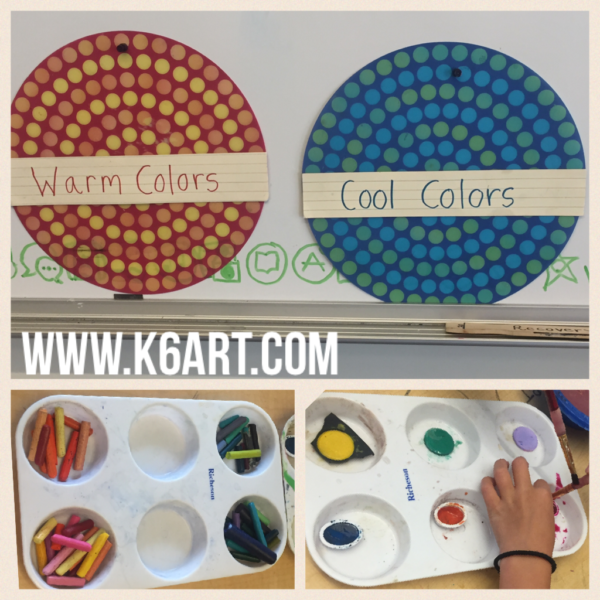
Enjoy!
Do you have a sure-fire clay project for kindergarten?
Have you tried creating instructional videos?


